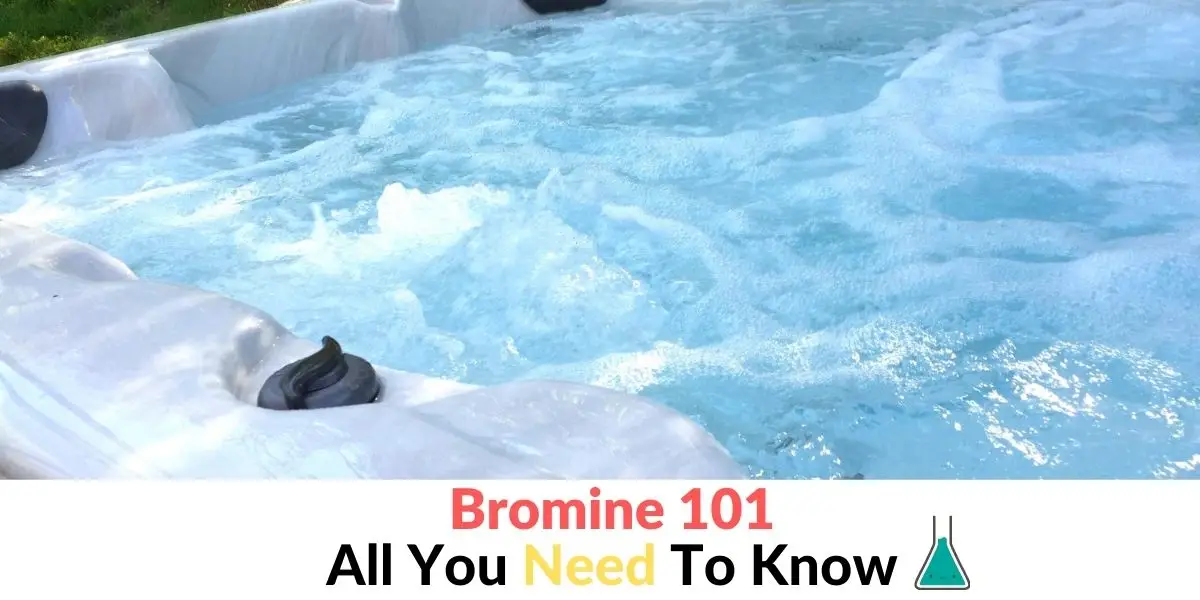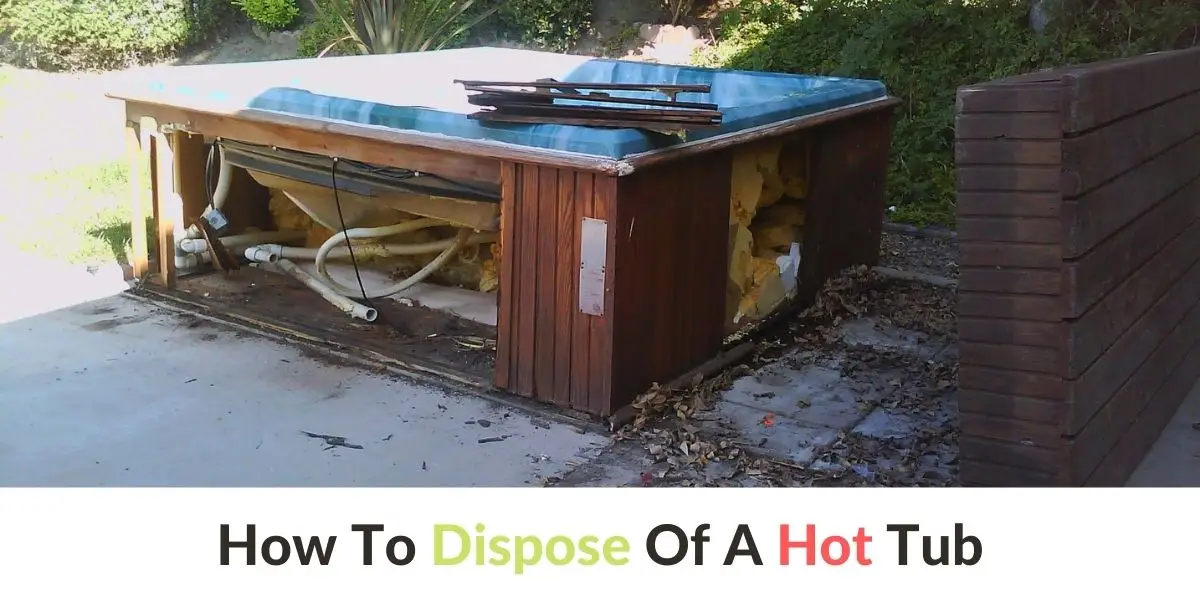Should a Hot Tub Heater be Hot to the Touch?
If you own a hot tub, you will need to keep the water at the ideal warmth for every guest. A hot tub heater will be the component that maintains the temperature within your preferred level. Without it, the water temperature in the tub will drop as the outside temperature also drops.
A hot tub heater has heating elements inside that raise the water’s temperature. Water from the pump passes through the heater so that the water in the hot tub has the temperature that you desire. A hot tub has a feature that automatically turns the heater off when the temperature reaches 104 degrees Fahrenheit.
The technology works to keep the guests safe from burning. Although the heater steadily raises the water temperature, it doesn’t feel hot to touch. It only feels warm and doesn’t cause discomfort when you come into contact with it.
But it’s reasonable that the heater feels warm since it has to raise your water temperature to the level you selected on the control panel. A thermostat will regulate the hot tub heater’s function to make sure it keeps the water at the right warmth.
How do I Know if my Heating Element is Bad in my Hot Tub?
Your heater has the sole purpose of raising the water temperature to the level you deem ideal. But it might not achieve your goal sometimes. And this might be a sign that its heating element is bad. But how do you know the heating element is bad?
A tripping breaker may be the cause of the malfunction. You can find out if you have a tripped breaker by disconnecting the copper tabs from the spa pack on the heating element after turning off the power to the hot tub.
Once you’ve disconnected the copper tabs, turn the power supply back on. If the breaker is still on, you have yourself a bad heating element! But sometimes, your breaker is not tripping, yet you can’t achieve an ideal warmth.
You can test the power voltage to the heater with a multimeter. For a 240V spa, test the leads on the heating element at the same time. If you get 240V reading on the multimeter, your heating element is the problem. But if the reading is zero, your current board is the problem.
How do I Size a Hot Tub Heater?
Finding a hot tub heater that does its work efficiently is vital. But there are a few factors to consider before choosing a particular hot tub heater when looking to replace an old one. First, you need to consider the size of the tub.
In this case, the size refers to the surface area and depth. Once you have determined the tub’s size, you might want to check other factors such as the humidity and wind speed in your area. Assuming the tub’s size is the only factor to consider, you will need to choose a hot tub heater that will raise the temperature efficiently within a short time.
You will also have to determine the tub’s gallonage before choosing a hot tub heater. Multiply the surface area by the average depth and 7.5 to get the gallonage. You can then use the information on the table below to choose the right hot tub heater.
| Model / Size (gallon) | 200 | 300 | 400 | 500 | 600 | 700 | 800 | 900 | 1000 |
| H400 | 9 | 14 | 19 | 23 | 28 | 33 | 37 | 42 | 47 |
| H350 | 11 | 16 | 21 | 27 | 32 | 37 | 43 | 48 | 54 |
| H300 | 12 | 19 | 25 | 31 | 37 | 44 | 50 | 56 | 62 |
| H250 | 15 | 22 | 30 | 37 | 45 | 52 | 60 | 67 | 75 |
| H200 | 19 | 28 | 37 | 47 | 56 | 66 | 75 | 84 | 94 |
| H150 | 25 | 37 | 50 | 62 | 75 | 87 | 100 | 112 | 125 |
How Much is a Hot Tub Heating Element?
If you own a hot tub, then you know it’s going to need a new heater after some time. As such, you will have to spend a few bucks to acquire a new hot tub heater. The prices can range from as low as $30 to $1,000. It all depends on the model you’re looking to buy.
[amazon box=”B0BW34KDPR,B0C9Y5J7QN,B0CKR16JKN,B0CC96FGSZ” grid=”2″]
How do I Know if my Hot Tub Heater is Working?
The heating element in a hot tub heater works the same way as the heating element in a typical water heater. That means the heating element will burn out rapidly if there is no cooling water around it.
With plenty of water around it, the heating element remains warm and not hot to the touch. A heating element that works appropriately will raise the hot tub water’s temperature in a short time, say 1 hour. If it maintains the desired temperature, it shows it’s working correctly.









